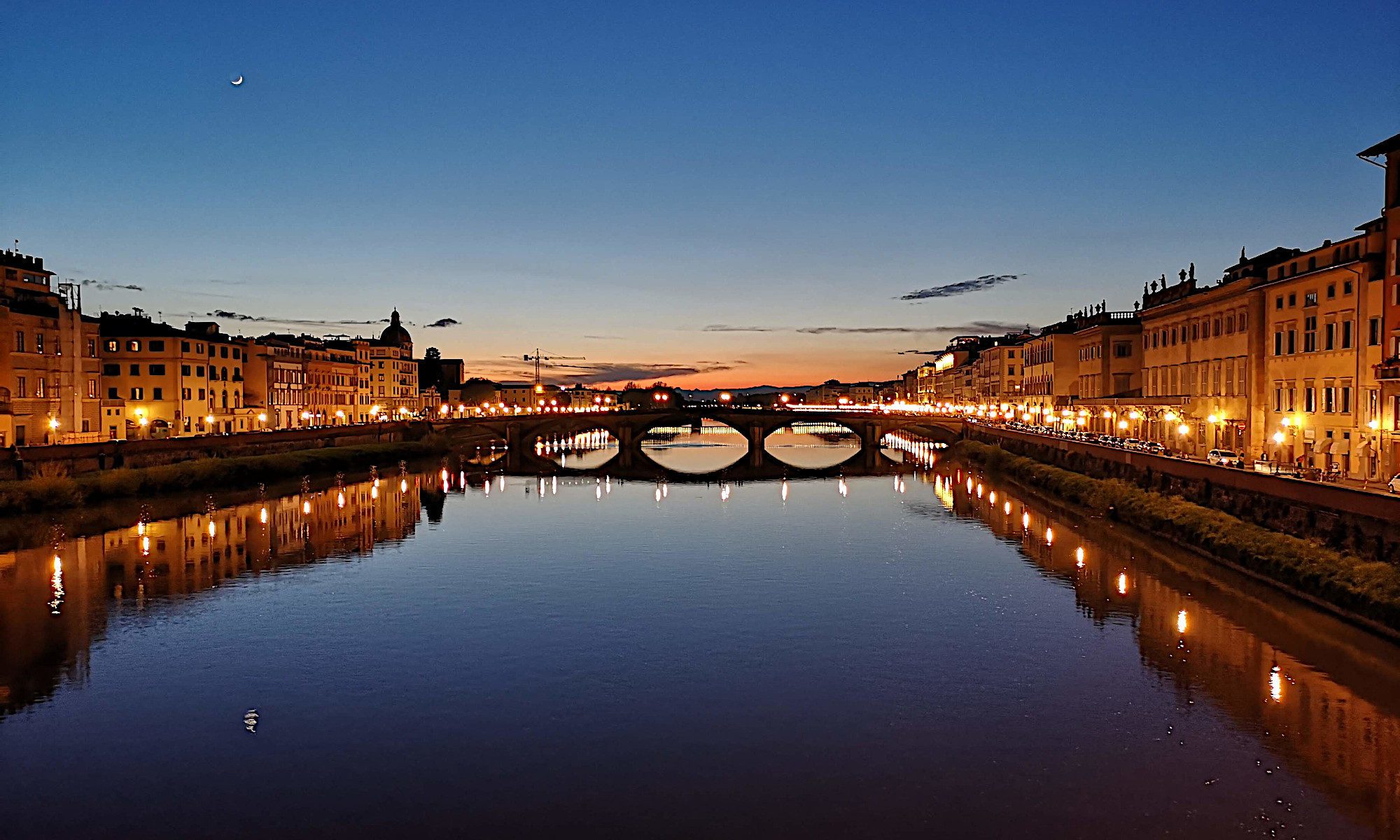
From Laura Kiniry for Atlas Obscura: “Four centuries ago, the settlers of a small French outpost perched on the north bank of Nova Scotia’s Annapolis River came up with the novel idea of founding an organization that would not only feed its members, but also uplift spirits during the long and brutally cold winter. Led by cartographer Samuel de Champlain, the Order of Good Cheer went on to become what’s considered America’s first social club, not to mention an inspiration for the Thanksgiving celebrations that would follow. The Order of Good Cheer featured epic feasts that took place weekly in Port-Royal, the then-capital of Acadia, a colony of New France, over the winter of 1606–07. “
When you have an identical twin, but they are inside your body

From Helena de Bres for Aeon magazine: “In Washington state in 2002, Lydia Fairchild nearly lost custody of her three children, when a test revealed that none of them shared her DNA. It turned out that Fairchild’s body was populated with cells from a non-identical twin she’d unknowingly had before birth, making her, in effect, the biological aunt of her own children. The technical term for Fairchild is a ‘human chimera’: a person composed of cells that are genetically distinct. This can happen artificially, through a transfusion or transplant, or naturally, through the early absorption of a twin zygote. Scientists estimate that 36 per cent of twin pregnancies involve a vanishing twin.”
Note: This is a version of my personal newsletter, which I send out via Ghost, the open-source publishing platform. You can see other issues and sign up here.
Dervla Murphy was the godmother of hitting the road

From Imogen Lepere at JSTOR Daily: “Widely recognized as Ireland’s premier female travel writer, Dervla Murphy took her fair share of risks throughout a career that spanned seven decades and took her to thirty countries. Her adventures include fighting off a pack of wolves in Bulgaria and narrowly escaping with her life after robbery in Ethiopia, not to mention surviving tick bite fever in South Africa, a triple tooth abscess in Cameroon, gout in Madagascar, and dysentery in Pakistan. Arguably, however, her biggest risk was defying heteronormative cultural narratives around women’s duties by leaving her own wheelchair-bound mother to go traveling and, when she became a mother herself, taking her young daughter on the road.”
Editor’s note: If you like this newsletter, I’d be honoured if you would help me by contributing whatever you can via my Patreon. Thanks!
If you could build a house in a single night, you could keep the land

From Miss Cellania: “Once upon a time, a person’s home was wherever they built it, and the places that didn’t have homes were considered shared land. Then came the concept of purchasing private property and land grants and deeds, and poor people were out of luck. But in that transition period, people came up with schemes to work around that. One was the concept of tŷ unnos, a Welsh term meaning “house built in one night.” It became a tradition that if one were to build an entire home in one night before the sun came up, they would own that house, plus however much land they could toss an axe to. A similar scheme existed under different names in Ireland, Italy, France, and in Turkey.”
A Yorkshire newspaper editor spent 40 years remaking an island in Seychelles

From Futility Closet: “In 1962, determined to start life anew, Yorkshire newspaper editor Brendon Grimshaw purchased little Moyenne Island in the Seychelles for £8,000. He remained there for the next 40 years. In that time Grimshaw and an assistant planted 16,000 trees by hand, built three miles of nature paths, attracted 2,000 new birds, and became caretakers of 120 giant tortoises. The island now hosts two thirds of all plants endemic to the Seychelles. Grimshaw turned down an offer of $50 million for the island, saying that he didn’t want to see it become a holiday destination for millionaires. In 2008, it was named a national park. Grimshaw died in 2012, and today a warden is posted on the island to collect entrance fees from tourists.”
When the TV show The Mandalorian ran out of Stormtroopers, it called the reserves

From Noah Dominguez for CBR: “After running low on Stormtrooper costumes for the two most recent episodes of The Mandalorian, team members behind the Disney+’s live-action Star Wars series enlisted the help of a local fan group.Apparently, a particular scene filmed for The Mandalorian Season 1’s closing episodes required more Stormtrooper costumes than the crew had on hand. As such, series creator Jon Favreau and Lucasfilm’s Dave Filoni reached out to a local chapter of the 501st Legion. The 501st legion are a fan-based Star Wars organization dedicated to building and wearing screen-accurate costumes of Imperial Stormtroopers, among other villains from the franchise.”
This pitch for public transit should win some kind of award
Acknowledgements: I find a lot of these links myself, through RSS feeds etc. But I also get some from other newsletters and blogs that I rely on as “serendipty engines.” They include Today In Tabs, Clive Thompson’s Linkfest, Maria Popova’s website The Marginalian, The Morning News from Rosecrans Baldwin and Andrew Womack, Why Is This Interesting, Dan Lewis’s Now I Know, Robert Cottrell and Caroline Crampton’s The Browser, Sheehan Quirke AKA The Cultural Tutor, the Smithsonian magazine, and JSTOR Daily. If you come across something you think should be included here, feel free to email me.
